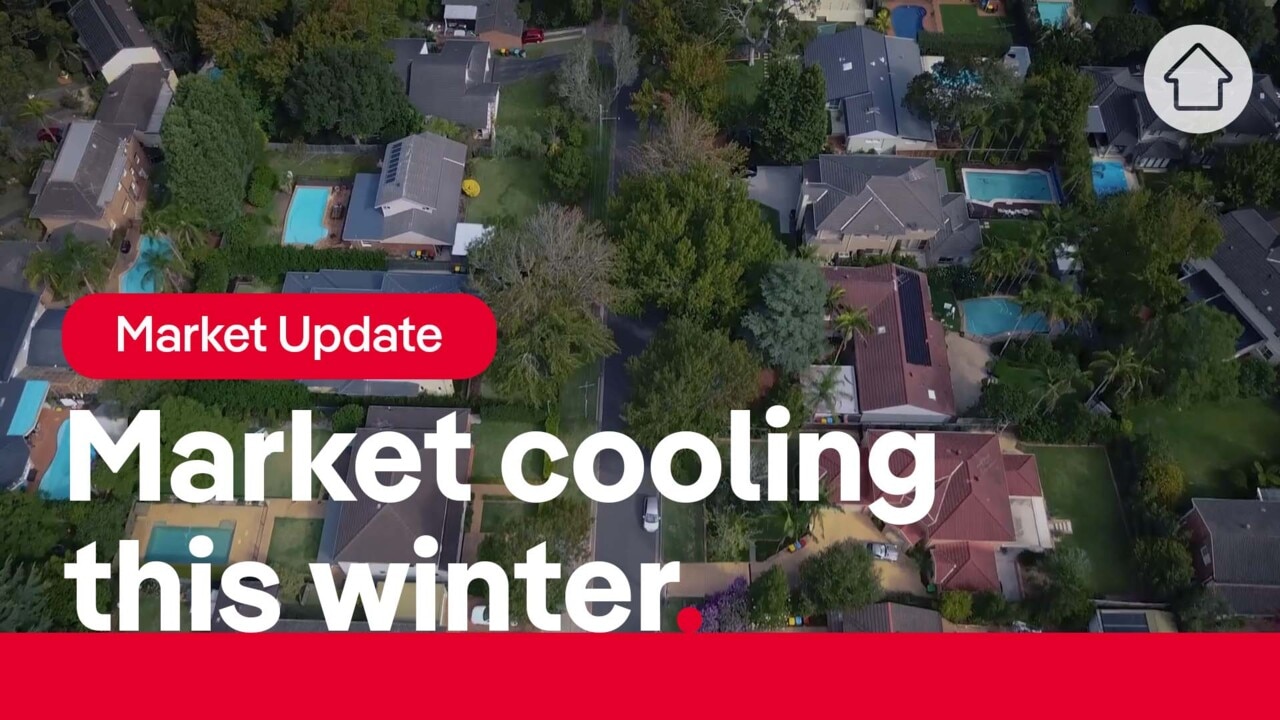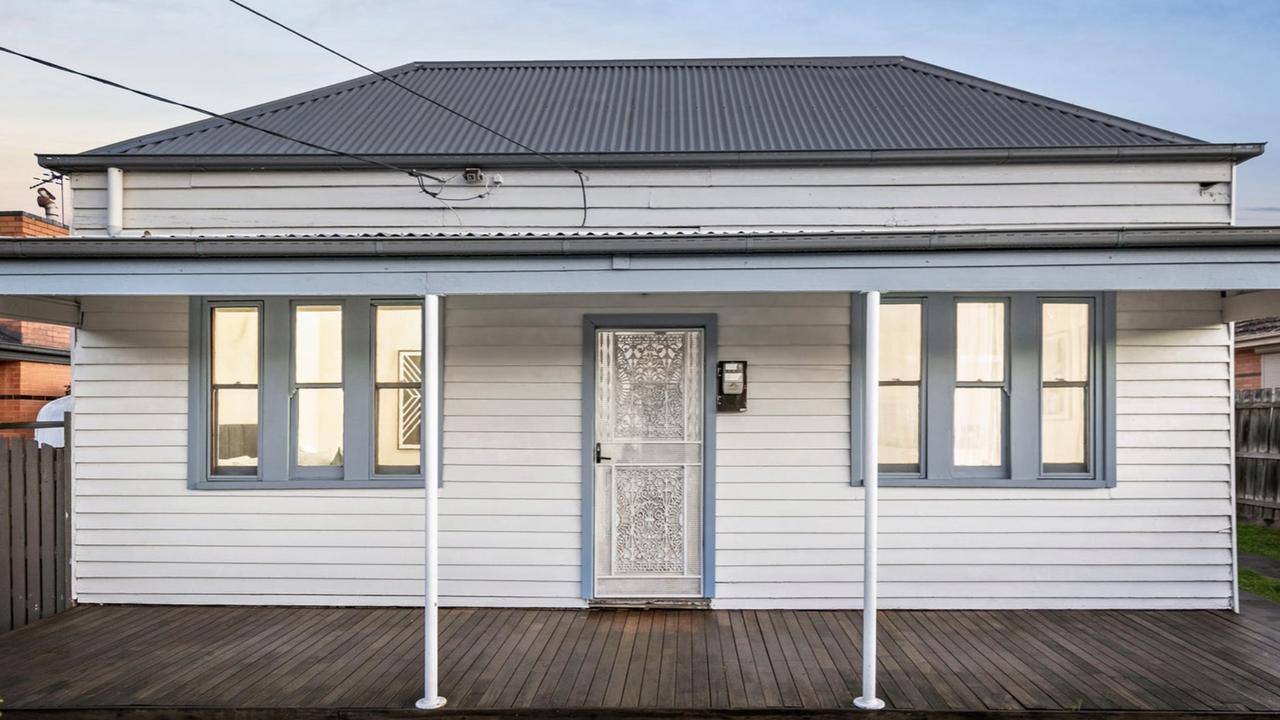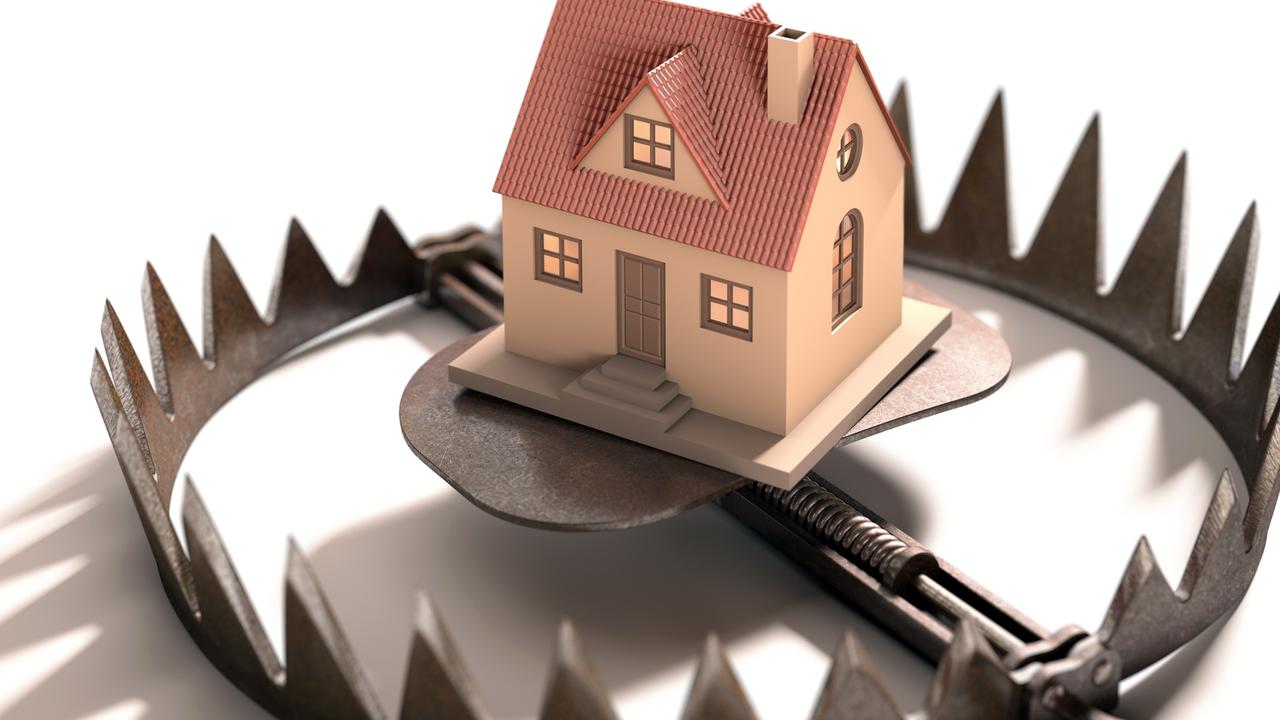Housing affordability close to worst ever: why current home buyers have it harder than those in 80s, 90s
Housing affordability is on the brink of becoming the worst in recorded history unless urgent changes are made, with new research showing its not just rate rises that are the problem.

Property
Don't miss out on the headlines from Property. Followed categories will be added to My News.
Landing a foot on the NSW property ladder has become more challenging than at any time in the last five decades.
And homeowners will face the added blow of the least affordable mortgage repayments on record by next year if interest rates climb to their expected levels and wages remain static.
PropTrack data provided exclusively to The Daily Telegraph revealed housing affordability is becoming a much bigger problem, with property owners squeezed on multiple fronts.
New purchasers currently face the least affordable upfront costs since 1984, the earliest year with available records, the data showed.
Scraping together a 20 per cent deposit on a NSW home at the current median price requires 160 per cent of the average annual income, close to double what it was in the 1980s and 1990s.
It’s come as the costs of servicing a mortgage ballooned in the aftermath of two successive interest rates rises in May and June.
PropTrack reported the proportion of income existing homeowners needed to pour into their mortgage repayments this month hit its highest level since the global financial crisis in 2008.
This mortgage burden would likely become even heavier as the year progressed, due to a potent cocktail of high property prices and rising rates, with market expectations of a 3 per cent rise in lending costs.
Were these conditions to be paired with the same stagnant growth in wages seen in recent years, repayments could become even less affordable than in 1989/90, when interest rates were 17 per cent.
Repayments back then chewed up about 42 per cent of the average NSW households’ income, the highest in recorded history.

Servicing the average mortgage currently swallows about a third of the typical income, despite rates being historically quite low, mainly because purchase prices relative to incomes are the highest ever.
This also means households are a lot more vulnerable to further rate rises as even small interest increases would make a significant change to their mortgage obligations.
PropTrack economist Angus Moore said it was clear homeowners were facing challenges their parents wouldn’t have experienced when they entered the market.
“It’s unequivocally harder to save a deposit,” he said. “We’ve seen that in homeownership rates, which have been falling across the economy for decades. Home ownership is also happening for people later in life.”
Mr Moore added current mortgage repayments, on average, remain more affordable than they were in 1989-1991, relative to incomes.
But the market could surpass those levels if rates rose 3 per cent and wages did not grow.
Mr Moore said it was difficult to predict how wages would change, noting the RBA would be hesitant to continue increasing rates if people’s incomes were not improving. A climate of continued rate rises would likely only occur if wages grew, he said.
He added that there would be wide variance in people’s individual circumstances.
“The people who will struggle the most will be those who bought close to their maximum borrowing capacity … and lower income households who live paycheck to paycheck.”
Economist Saul Eslake said, based on his metrics, if interest rates were to rise another 3 per cent, “then in aggregate Australians would be diverting the same percentage of their income to mortgage payments as they were in 1989”.
This mortgage burden, coupled with the already crippling upfront cost of ownership, meant Australia was heading into its worst time for housing affordability “within our living memory”, he noted.
“It’s probably the most difficult time in Australia’s history to raise the deposit required to enter homeownership,” he said.
“I paid 17.5 per cent on my first mortgage during that time (1989/1990), but the mortgage I had was pretty small.”
Mr Eslake added it was “not too hard” to raise the deposit back then: “Among other things, remember that you actually earned some interest on your savings, which is pretty hard to do now.”
Rate City research director Sally Tindall said new buyers should be cautious with how much they borrow. “Your bank will stress test your finances to make sure you can afford your monthly repayments even if rates rise by a further 3 percentage points,” she said. “However, don’t just accept what your bank tells you as fact.”



